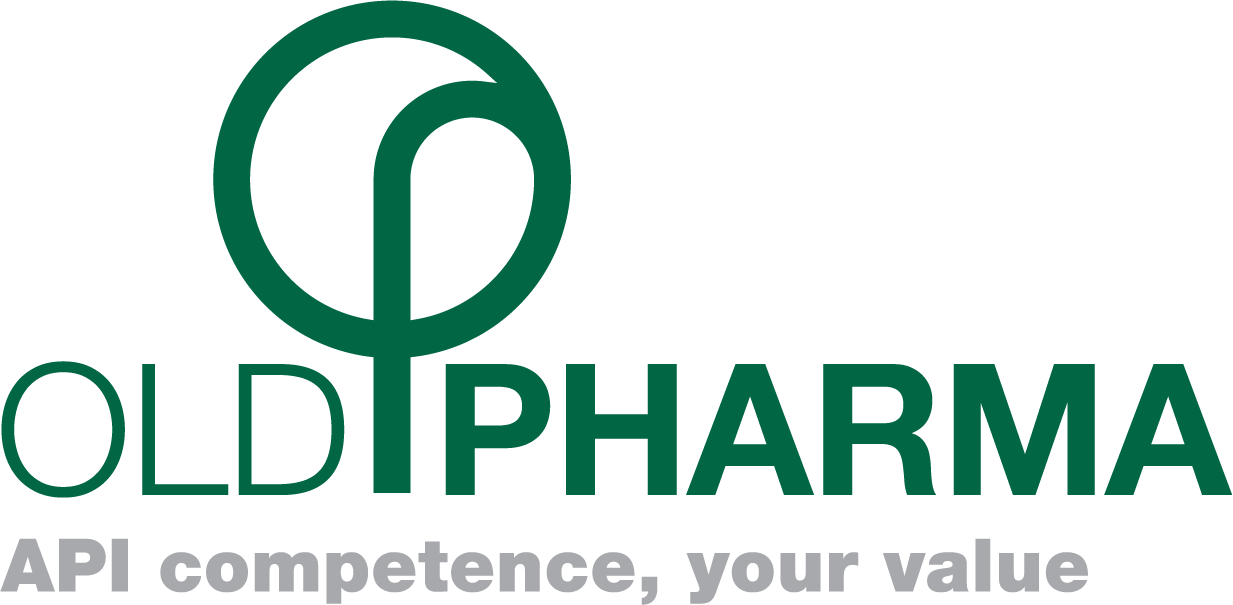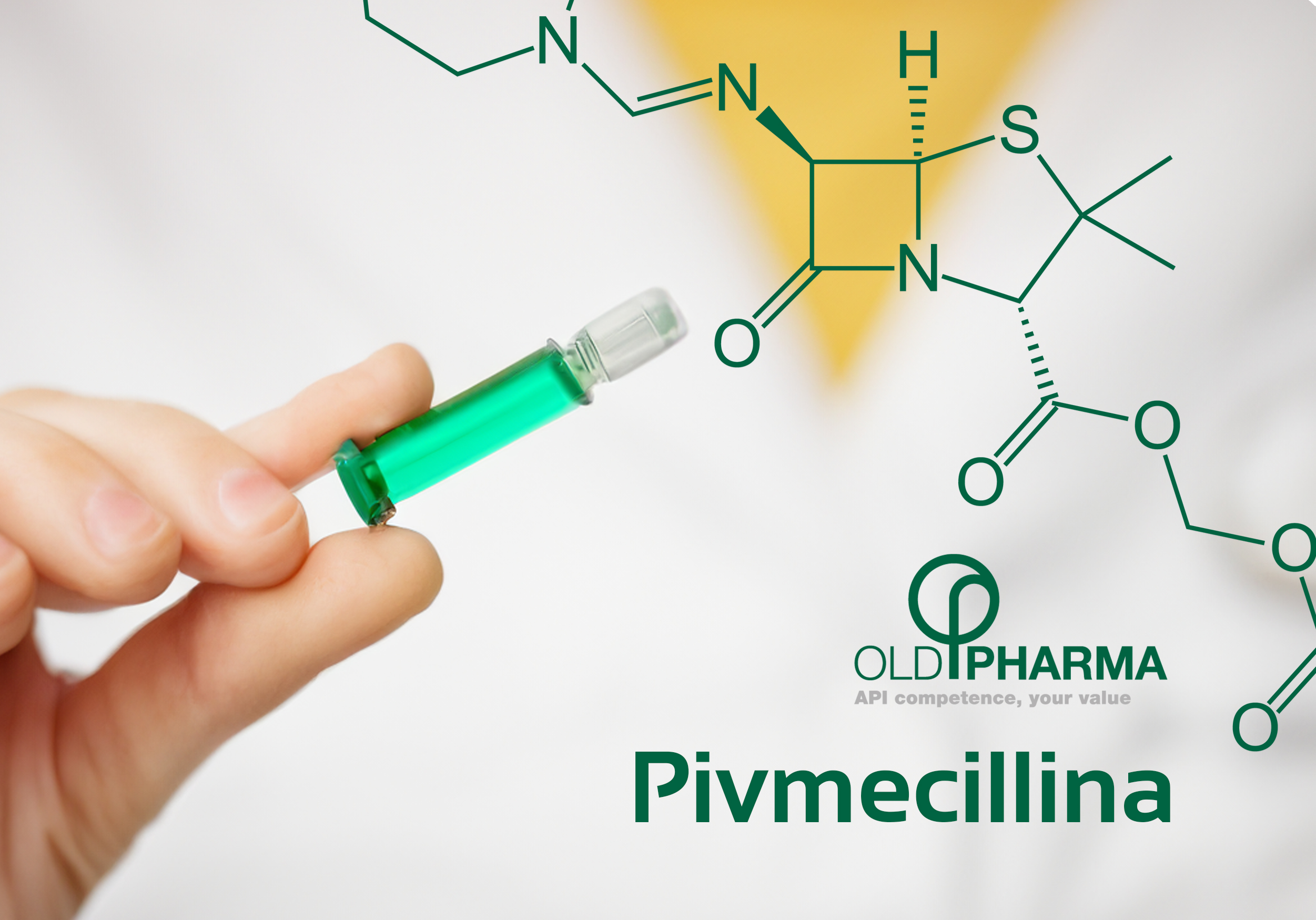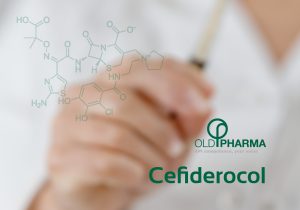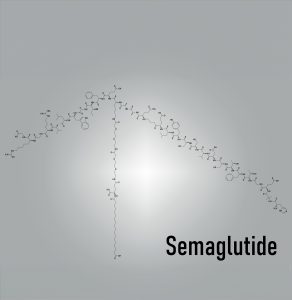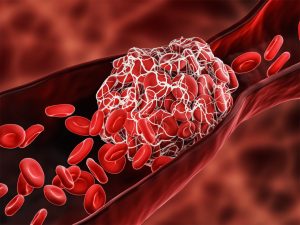In the vast arsenal of antibiotics available to modern medicine, Pivmecillin has occupied an important position since its discovery. Its use has recently sparked heated debates regarding its role in antibiotic resistance, an increasingly worrying phenomenon in global health. In fact, initial studies and findings would seem to indicate that even prolonged treatment using Pivmecillin does not lead to phenomenology inherent to antibiotic resistance.
Antibiotic Resistance
In recent years, the prolonged and indiscriminate use of antibiotic drugs has raised concerns regarding the phenomenon of antibiotic resistance. This phenomenon occurs when bacteria develop the ability to survive exposure to antibiotics, rendering treatment ineffective and putting public health at risk. The use of antibiotics in the absence of an accurate diagnosis or their use to treat non-bacterial infections contributes to the proliferation of resistant bacterial strains.
The main causes of antibiotic resistance are:
- antibiotic abuse, which includes overprescribing and improper use of these drugs;
- the molecular structure of antibiotics is subject to modifications, which can be exploited by bacteria to develop resistance mechanisms. These may include the production of enzymes that can inactivate the antibiotic or changes in the bacterial cell wall that prevent its action.
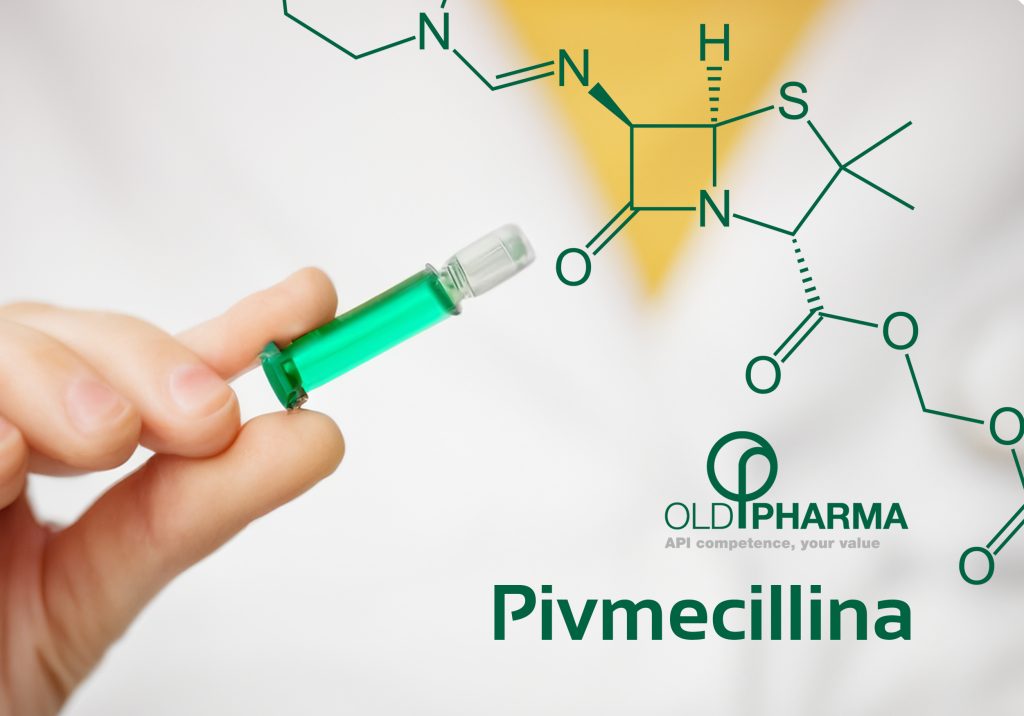
Pivmecillin
Pivmecillin, a derivative of penicillins, has demonstrated effectiveness in treating a variety of bacterial infections, including those of the upper and lower respiratory tract, urinary tract, and skin. Its action is based on the ability to interfere with the synthesis of the bacterial cell wall, leading to the death of the target bacterium.
Recent studies have demonstrated a different reaction of pivmecillin with the phenomenon of antibiotic resistance. The first results of the investigations have in fact identified a different behavior of pivmecillin compared to other antibiotics in use today, showing how even prolonged use of the same does not lead to evidence of antibiotic resistance phenomena. This first evidence, once in-depth, would have very important repercussions on the use of antibiotic drugs, on the treatment of infections with standard antibiotics which are no longer effective today and on an even deeper understanding of the dynamics regulating antibiotic resistance.
In conclusion, Pivmecillin represents not only an important therapeutic resource in the fight against bacterial infections, especially those of the urinary tract, which are currently the most complex to treat with the antibiotic tools in use today, but above all a tool for understanding more in depth the biological dynamics that regulate the phenomenon of antibiotic resistance.
